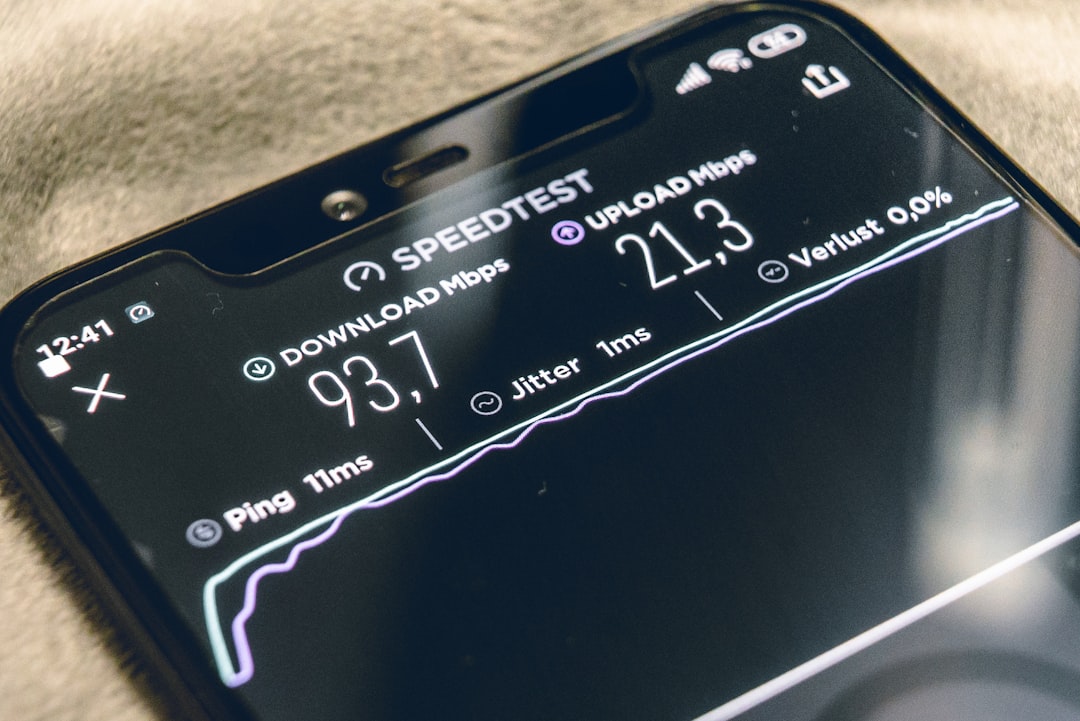What is it about?
The IEEE 802.11p standard has been created for vehicle to vehicle and vehicle to infrastructure communications. Vehicular networks require vehicles to periodically broadcast beacons in order to detect nearby vehicles or road infrastructure nodes and exchange critical information. The IEEE 802.11p standard defines different data rates that can be used for such transmissions, but 6Mbps has been generally assumed as the default data rate. Limited efforts have been conducted to date to demonstrate whether 6Mbps is the optimum data rate or not. This study addresses this issue, and demonstrates by means of simulations and field experiments that 6Mbps is not (always) the optimum data rate for beaconing in vehicular networks. The conclusions are validated in both urban and highway environments.
Featured Image
Read the Original
This page is a summary of: Why 6Mbps is not (always) the Optimum Data Rate for Beaconing in Vehicular Networks, IEEE Transactions on Mobile Computing, January 2017, Institute of Electrical & Electronics Engineers (IEEE),
DOI: 10.1109/tmc.2017.2696533.
You can read the full text:
Contributors
The following have contributed to this page










